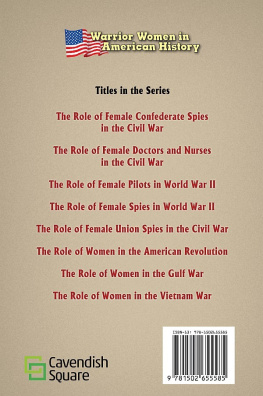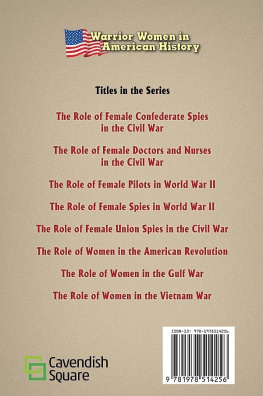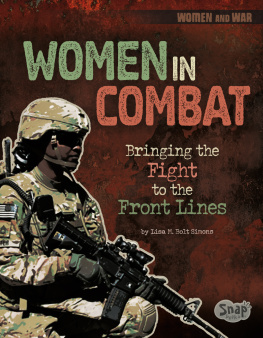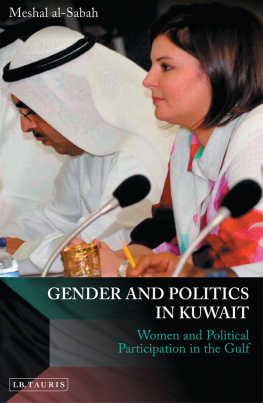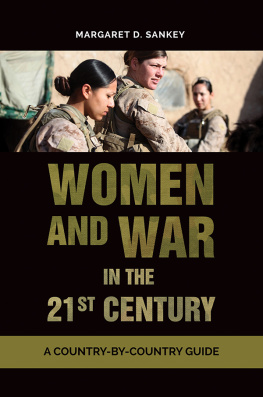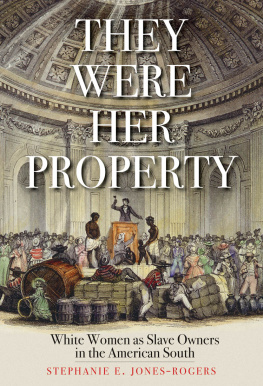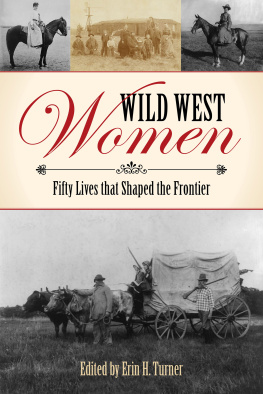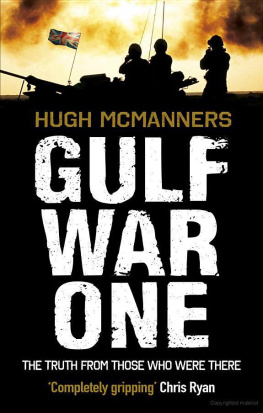
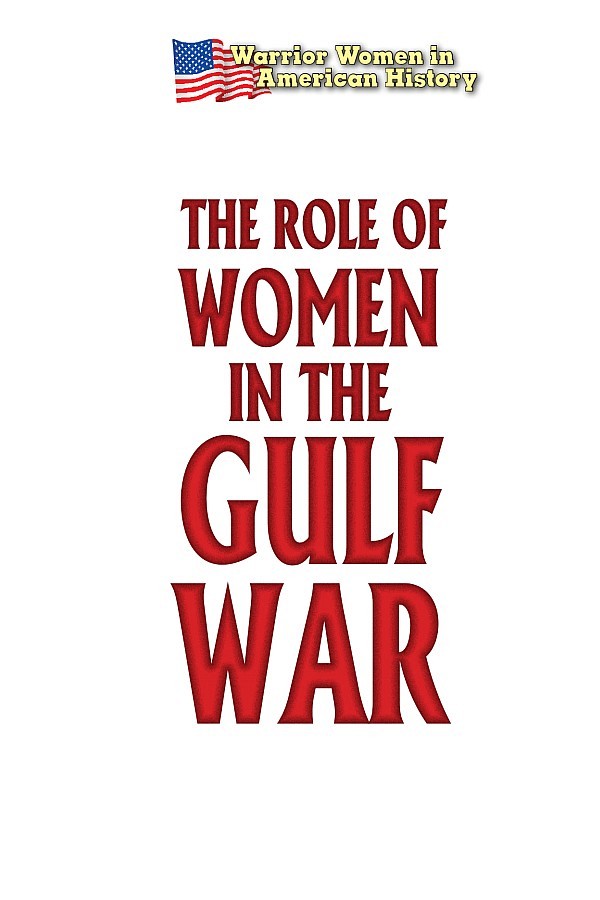
Published in 2020 by Cavendish Square Publishing, LLC
243 5th Avenue, Suite 136, New York, NY 10016
Copyright 2020 by Cavendish Square Publishing, LLC
First Edition
No part of this publication may be reproduced, stored in a retrieval system, or transmitted in any form or by any meanselectronic, mechanical, photocopying, recording, or otherwisewithout the prior permission of the copyright owner. Request for permission should be addressed to Permissions, Cavendish Square Publishing,
243 5th Avenue, Suite 136, New York, NY 10016. Tel (877) 980-4450; fax (877) 980-4454.
Website: cavendishsq.com
This publication represents the opinions and views of the author based on his or her personal experience, knowledge, and research. The information in this book serves as a general guide only. The author and publisher have used their best efforts in preparing this book and disclaim liability rising directly or indirectly from the use and application of this book.
All websites were available and accurate when this book was sent to press.
Cataloging-in-Publication Data
Names: Murray, Hallie.
Title: The role of women in the Gulf War / Hallie Murray.
Description: New York: Cavendish Square Publishing, 2020. | Series: Warrior women in American history | Includes glossary and index.
Identifiers: ISBN 9781502655585 (pbk.) | ISBN 9781502655592 (library bound) | ISBN 9781502655608 (ebook)
Subjects: LCSH: Persian Gulf War, 1991-Juvenile literature. | Women soldiers--United States--Biography--Juvenile literature.Prisoners of war--United States--Biography--Juvenile literature. | Prisoners of war--Iraq--Biography--Juvenile literature. | United States-Armed Forces-Women-Biography-Juvenile literature.
Classification: LCC DS79.74 M87 2020 | DDC 956.70442092520973 B-dc23
Printed in the United States of America
Portions of this book originally appeared in American Women of the Gulf War by Heather Hasan.
Photo Credits: Cover, p. Jessica McGowan/Getty Images.
Contents
Introduction
T hroughout American history, women have supported the United States during wartime. But historically their involvement was limited based on outdated ideas about what women are capable of. In the Persian Gulf War, women participated more directly in the war effort than ever before. It was the first major conflict to occur since women had been allowed to enroll in service academies like the United States Military Academy at West Point, and there were more women enlisted in the military than ever before.
The Gulf War began on August 2, 1990, when Saddam Hussein, who became the president and dictator of Iraq in 1979, moved hundreds of Iraqi tanks into the neighboring country of Kuwait. Iraq had been allied with the United States enemy in the Cold War, the Soviet Union, and there was a history of complicated relations between the United States and Iraq. In the 1980s, Iraq was highly in debt to nearby Saudi Arabia and Kuwait. There was also the issue of land: Iraqs government, led by Hussein, insisted that Kuwait was rightfully Iraqi territory, and furthermore, Iraq claimed Kuwait was producing too much oil and driving prices down.
All of this tension erupted in August when Hussein invaded Kuwait. Though Kuwait was a wealthy country with many oil fields, it was defenseless against Husseins attack. In less than four hours, the Iraqi army had taken control of Kuwaits capital, Kuwait City, and its oil fields.
The United States and its allies immediately condemned Husseins actions. Together, Iraq and Kuwait controlled more than 20 percent of the worlds oil supply. If Saddam Hussein continued his aggression into Saudi Arabia, as it seemed he might, he would have been in control of nearly half of the worlds oil, which could be catastrophic for the global economy.
Thirty-two nations, including the United States, the United Kingdom, France, and Saudi Arabia, joined together to form a coalition against Iraq and Saddam Hussein, led by US president George H. W. Bush. The August of the invasion, President Bush and the United Nations Security Council placed an official ban on trade with Iraq, hoping to cut the nation off economically. On November 29, 1990, the United Nations (UN) told Hussein that if he didnt withdraw the Iraqi military from Kuwait by January 15, 1991, the US-led coalition would take action against Iraq.
In preparation for this, the United States positioned thousands of land, air, and naval forces in the Persian Gulf, an area that includes the countries of Bahrain, Iran, Iraq, Kuwait, Oman, Qatar, Saudi Arabia, and the United Arab Emirates. This concentration of forces in the Gulf region dubbed Operation Desert Shield by President Bushwas the largest overseas deployment of American troops since the Vietnam War, which the United States was involved in until 1975.
The deadline for Iraq to withdraw from Kuwait passed, and Husseins troops hadnt left the area. The United States responded with decisive action: Operation Desert Shield became Operation Desert Storm in the early hours of January 17, 1991, when the US-led forces launched air attacks on Iraqs capital city, Baghdad, as well as elsewhere in Iraq. Waves of fighter planes bombed key Iraqi military targets such as missile launch sites, heavily fortified command and communications centers, airports and runways, and radar facilities. From that day on, Iraqi forces were under constant, heavy air strikes.

George H. W. Bush served as president of the United States from 1989 to 1993. He passed away in November 2018. His son, George W. Bush, also served as president, from 2001 to 2009.
Five weeks of these air attacks nearly decimated Iraqs ability to fight back. Then the ground assault began, as the marine, army, and air forces of the United States and its allies moved into Kuwait, pushing Iraqi soldiers out. The war on the ground lasted just one hundred hours. On February 27, 1991, just six weeks after the beginning of Operation Desert Storm, Kuwait City was liberated.
Of the 540,000 troops who were sent to the Gulf region during Operation Desert Shield/Storm more than 40,000 of them were women, the largest deployment of women to a US military action in history up to that point. The Gulf War also saw expanding roles for women, who served in almost all of the hundreds of support positions that were open to them, including administrators, engineer equipment mechanics, drivers, air traffic controllers, radio operators, and law enforcement specialists.
Although womens roles had expanded in the military, they still werent allowed to serve on the front lines or in any combat positions. In fact, combat positions wouldnt open to women in the US military until 2013, over two decades after Operation Desert Storm had ended. The support positions available to women were crucial to the war effort, but many women chafed at the fact that they werent allowed to serve in combat.
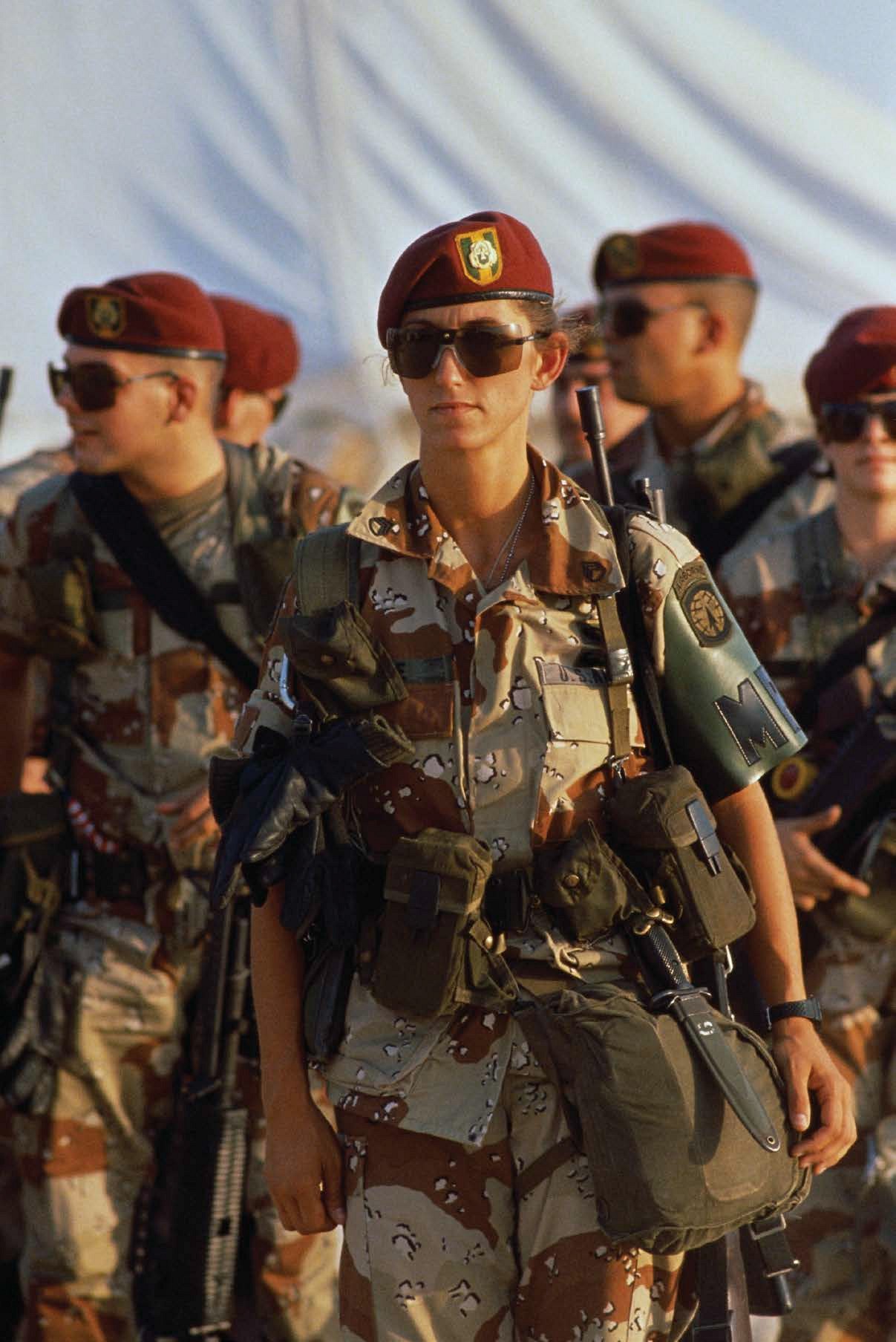
American soldiers arrive in Saudi Arabia in advance of Desert Shield and Desert Storm. The Gulf War was the first major conflict to occur after women were allowed to enroll in US military academies.
The laws preventing women from doing so relied on sexist assumptions about womens ability to fight and the idea that women should be kept out of harms way, even though women in support positions could wind up in just as much danger as the men on the ground, as Iraqi long-range missiles targeted staging and supply areas as well as the front lines. During the Gulf War, women were shot at, wounded, captured, and killed. They were also decorated for valor.
Next page
